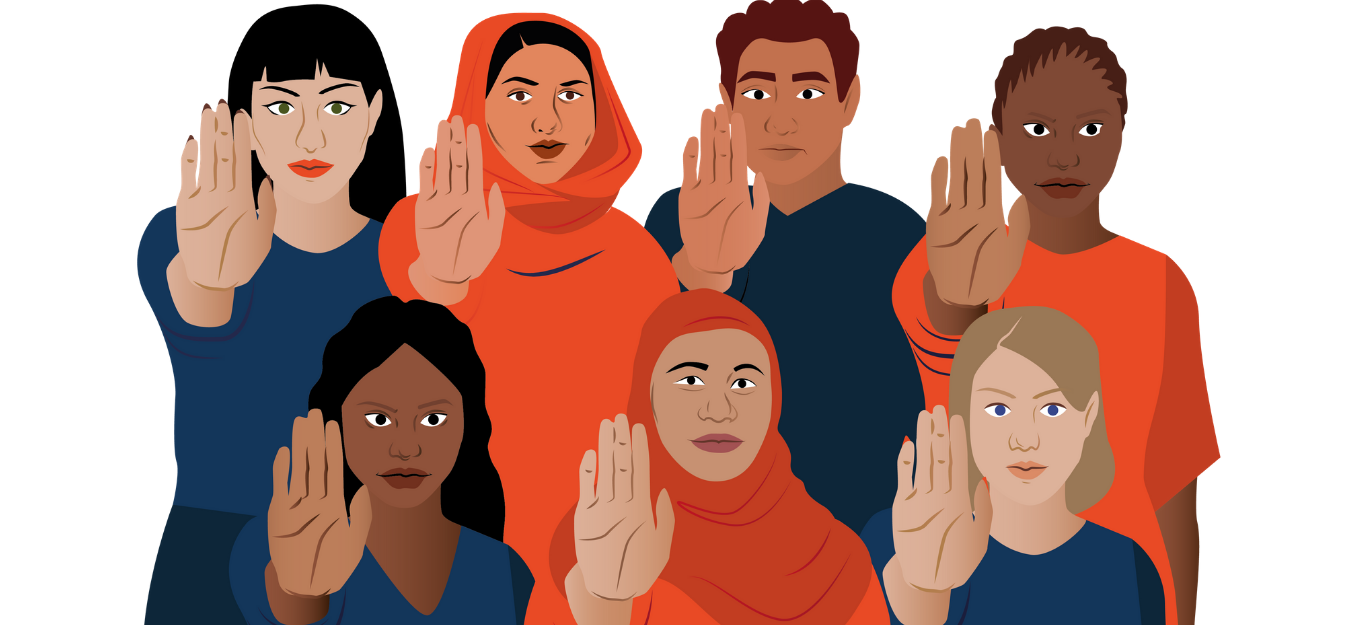Female genital mutilation/cutting (FGM/C) is internationally recognized as a gross violation of human rights, a form of violence against women and girls, and a manifestation of gender inequality.
The importance of eliminating FGM/C is recognized within Goal 5 of the Sustainable Development Goals (SDGs), dedicated to achieving gender equality. Target 5.3 under this goal requires all 193 countries that signed onto the SDGs to take action to “eliminate all harmful practices, such as child, early and forced marriage and female genital mutilation”.
With only seven years left to eradicate this widespread and harmful practice affecting millions of women and girls globally by 2030, the time to take stock and accelerate action is now.
This report, released in March 2020 in partnership with the End FGM European Network and the US End FGM/C Network, calls for global action to end the practice.* **
UPDATE: In 2024, new statistics were released by UNICEF showing 230 million women and girls around the world are affected by FGM, a 15% increase or 30 million more girls and women being subjected to FGM, compared to the data released eight years ago. This figure now includes data on FGM prevalence in Asia (80 million), the Middle East (6 million), and countries that have small practicing communities and are destination countries for migration (1-2 million).
Explore Female Genital Mutilation/Cutting: A Call For A Global Response:
Download the full report
Download the maps and figures in:
In November 2024, the Beijing+30 Asia-Pacific review, led by ESCAP and UN Women, will assess progress on women’s rights and renew commitments to gender equality. Equality Now, together with the Asia Network to End Female Genital Mutilation/Cutting, members, and Civil Society Organizations, has developed an advocacy brief calling for action to fulfill commitments to end FGM/C in Asia. This brief advocates for unified action across the region.

*The report titled ‘An Understanding of FGM (Female Genital Mutilation): Women of the ‘Bohra Community’ who are circumcised and its Socio-sexual Effects,’ by Huda Syyed was published in 2019 and not 2018. It ought to have been cited as Syyed (2019) on pages 33 and 55.
**For Russia, the last line on page 33 which notes that ‘Based on birth statistics, a total of 1,240 girls every year were estimated to be at risk of being subjected to FGM/C’ ought to have been cited to Antonova and Siradzhudinova (2018).
Female Genital Mutilation/Cutting in Canada
27 April 2023
FGM/C is a traditional harmful practice that involves the partial or total removal of external female genitalia or other inju…
Effective Reporting on FGM: Toolkits for Journalists
27 September 2022
As a journalist, the words you write have the power to change the hearts and minds of millions. It’s a serious responsibili…
I need the ERA because… I have the right to bodily integrity – FGM
26 August 2022
Despite the prevalence of the practice in the USA and the persisting risk to many women and girls, 20% of American states do …
